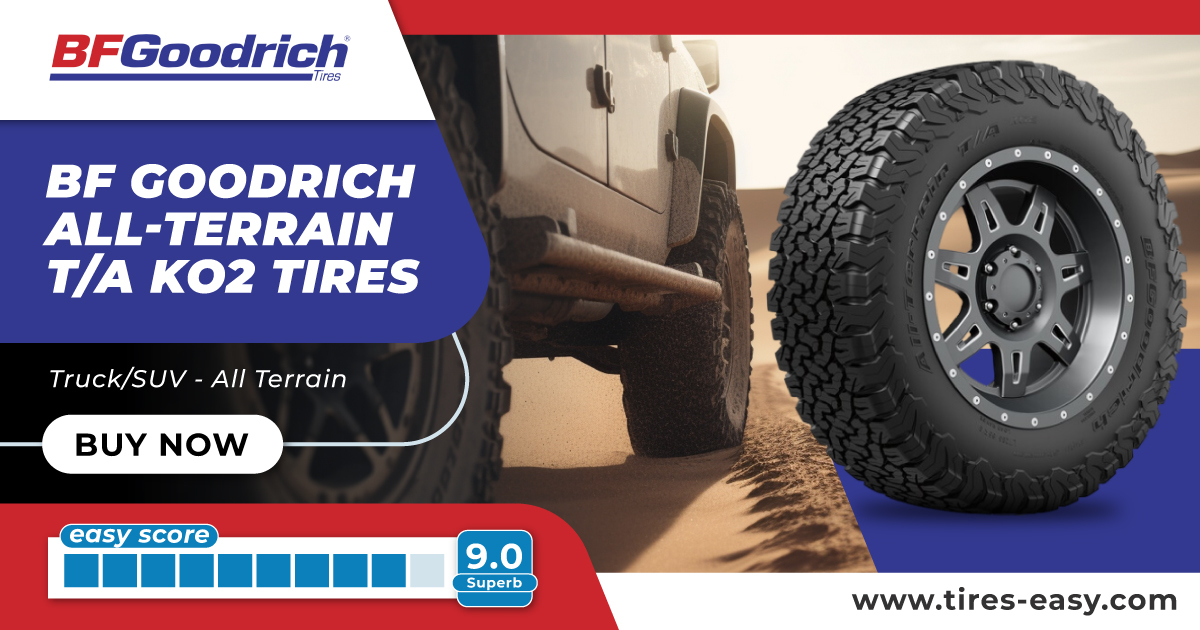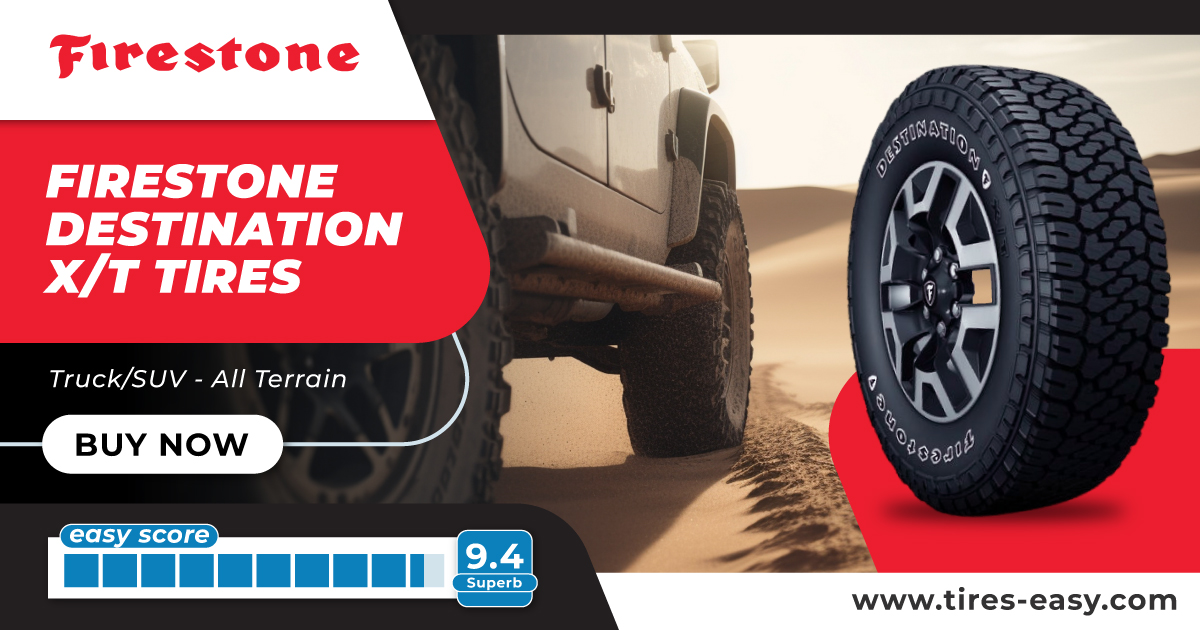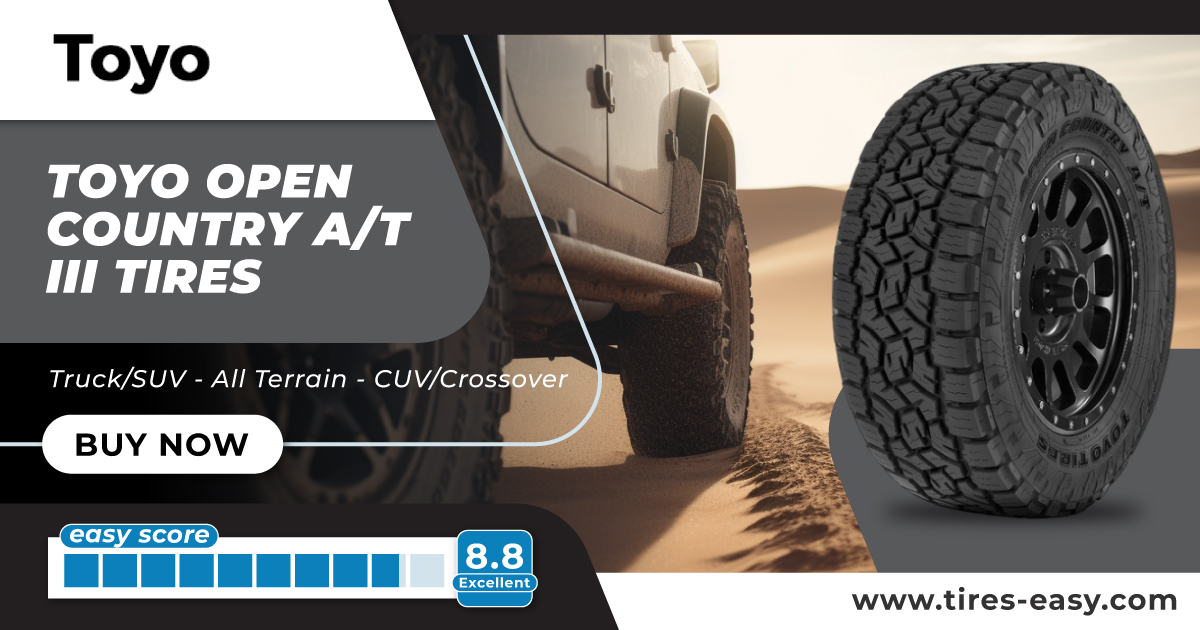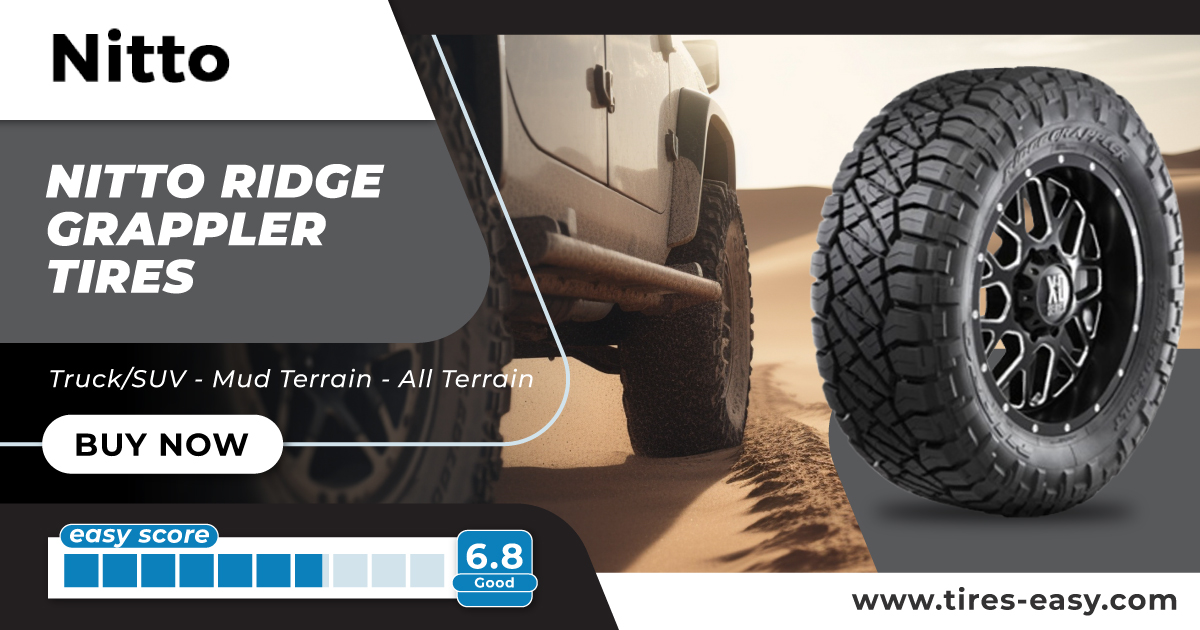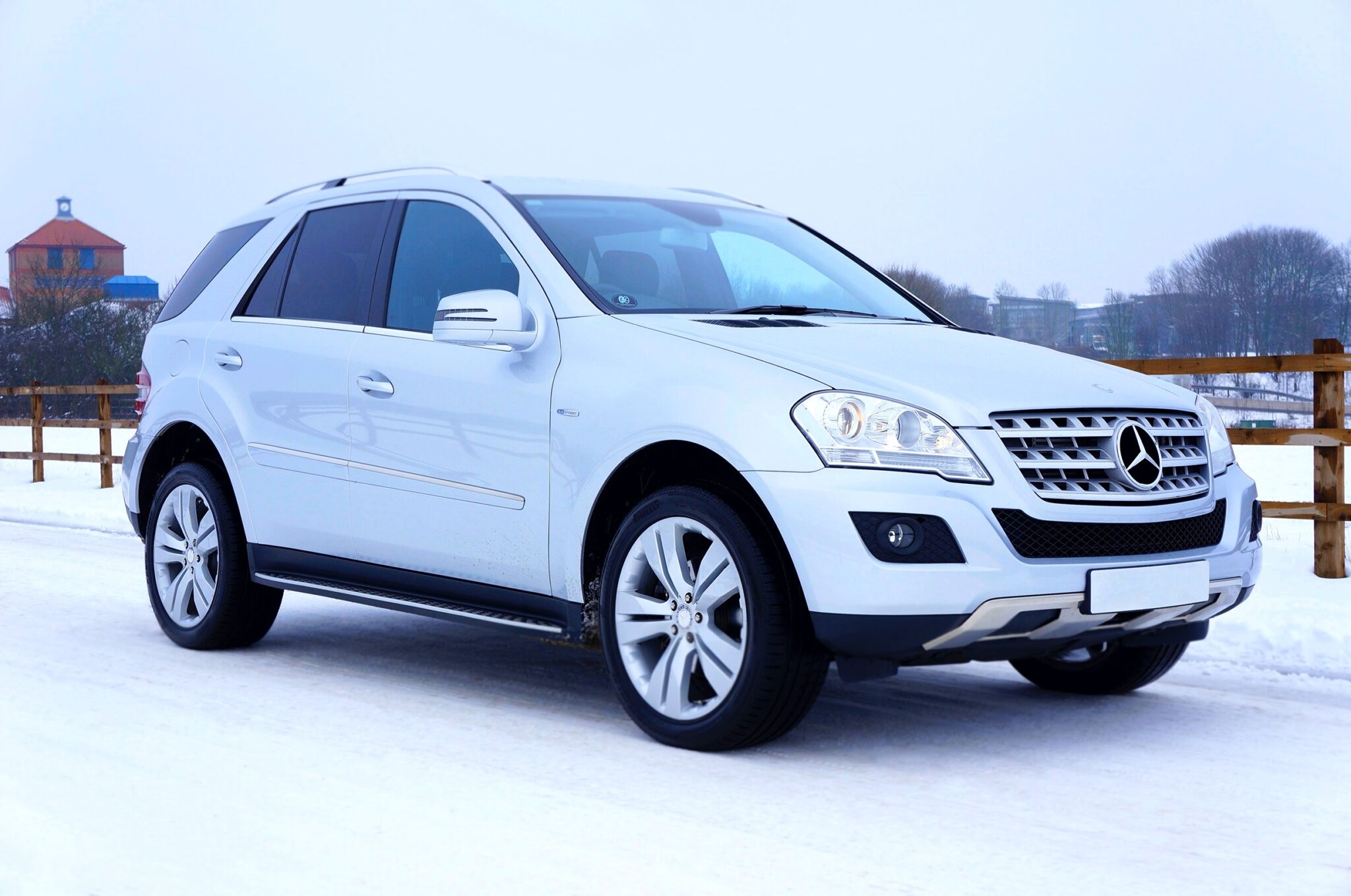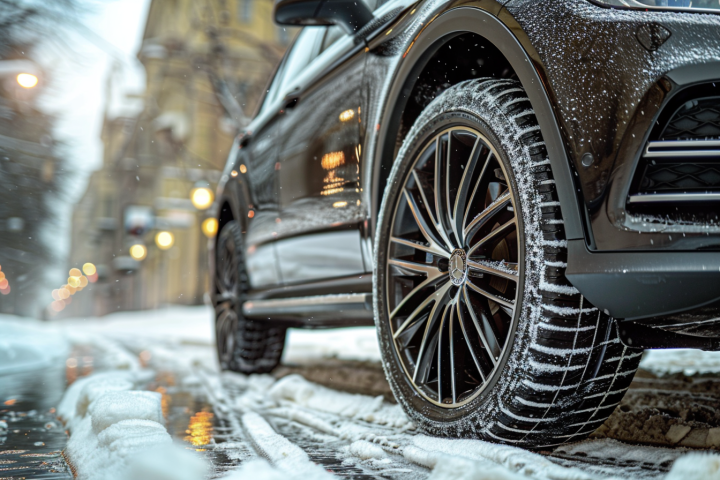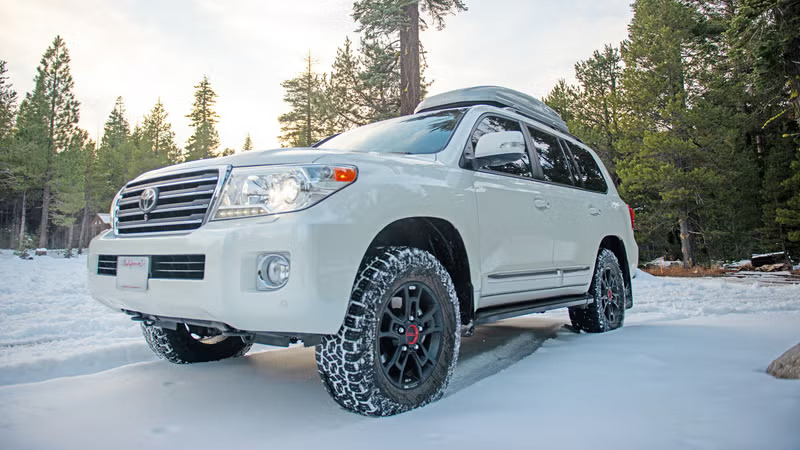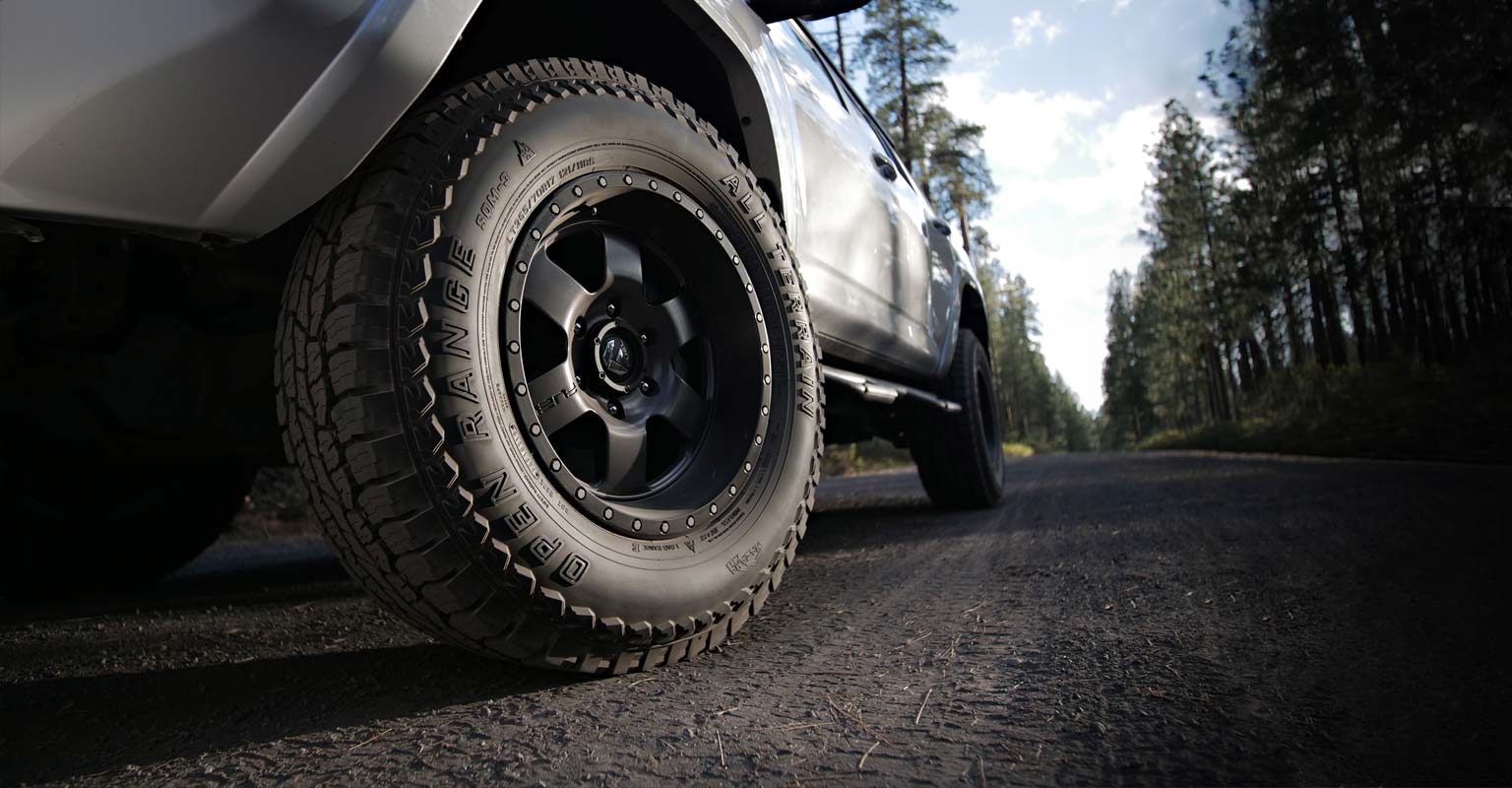Last Updated on August 2, 2025
Explore the Top Choices for Best All-Terrain Tires for Sand
When it’s time to hit the sand, nothing says readiness like equipping your vehicle with the best all-terrain tires for sand. As avid enthusiasts of superior dune performance and adventurous beach driving escapades, we understand that the thrill lies in seamless transitions from pavement to sandy stretches. That’s why we’re dedicated to guiding you through the selection of rugged tires for sandy terrain, ensuring your next adventure is both exhilarating and secure.
Key Takeaways
- Selecting the right all-terrain tires can drastically improve your experience on sandy landscapes.
- Durable tires with enhanced traction and strong sidewalls are vital for beach driving adventures.
- Ground clearance and tire stability balance are essential for View Postsuperior dune performance.
- Tires Easy offers a curated range of tires tailored explicitly for navigating rugged, sandy terrain.
- Investing in the right tires can expand your vehicle’s capabilities, taking your sand adventures to new heights.
Understanding the Importance of Tire Size for Sand Terrain
When traversing sandy landscapes confidently, the size of your all-terrain tires plays a pivotal role. We all want top-performing sand tires to tackle the challenges posed by soft, shifting surfaces. Tires well-suited for sandy terrain not only enhance our off-road adventures but are also crucial for anyone intent on experiencing the best beach driving tires have to offer. A larger tire size can drastically improve a vehicle’s off-road capabilities by providing higher ground clearance and an improved off-road grip.
Benefits of Larger All-Terrain Tires on Sand
Enthusiasts who opt to upsize their tires gain several advantages. Larger tires distribute weight more evenly, which helps prevent your vehicle from becoming bogged down in soft sand. Moreover, the increased surface area of these tires allows for better stability and handling.
The Trade-Offs: Performance Impacts and Fuel Economy
However, it’s essential to consider potential trade-offs before investing in larger tires. One of the primary concerns is the impact on fuel economy considerations. We must be mindful of how the change in tire size can result in higher rolling resistance, which can, in turn, reduce fuel efficiency. Additionally, there may be slight discrepancies with your accurate speedometer readings, and the impact of all-terrain tire performance should be thoughtfully weighed against the vehicle’s overall functionality.
| Aspect | Advantages of Larger Tires | Trade-offs of Larger Tires |
| Ground Clearance | Improved ability to overcome obstacles | N/A |
| Off-Road Grip | Enhanced traction in sand | Potential for increased tire wear |
| Fuel Economy | N/A | Decreased fuel efficiency |
| Speedometer Accuracy | N/A | Possible variations in reading |
In conclusion, while upsizing to the best beach-driving tires can escalate your dune-conquering and beach-cruising experiences, balancing the perks with possible downsides is essential. We want to ensure our adventures are as exciting as they are responsible, taking into account both the performance enhancements and vehicle integrity when navigating the sands.
Evaluating Tires for Sand Performance: Features to Look For
When we’re gearing up for a day in the dunes or a lengthy traverse through the desert, picking the ultimate sand tires becomes pivotal to the success of our journey. It’s not about what tires will fit – it’s about identifying which tires will flourish under the relentless sun and shifting surfaces of sandy landscapes. That’s why we’re here to guide you through the intricacies of choosing off-road tires for sandy conditions that raise the bar on what to expect from performance.
The quest for the highest traction sand tires should start with a look at the tread pattern. This feature is often the first line of defense against becoming entrenched in soft ground. Tires with the right tread design will evade digging in and provide a smooth ride, propelling your adventure forward when others might falter. But it’s not just about the pattern; the compound also matters. The rubber should be supple enough to adapt to the heat and malleability of the sand without compromising durability.
Delving deeper into the anatomy of top picks for desert driving, sidewall strength must be balanced. Our discussions with seasoned off-roaders and our experiences affirm that durable sidewalls are non-negotiable. They weather the onslaught of sharp objects hidden beneath sandy crests and accommodate lower air pressures, which can significantly widen the tire footprint for better flotation and traction.
- Tread Pattern: Prevents sinking, assisting in “floating” over soft surfaces
- Sidewall Construction: Provides puncture resistance and enables lower-pressure operation.
- Compound Versatility: Balances softness for heat absorption with enough rigidity for durability
In summary, when selecting off-road tires for sandy conditions, it is vital to examine tread design, sidewall fortitude, and compound adaptability. Each characteristic plays a pivotal role in carving out a smooth, satisfying, and safe path, transforming what could be a strenuous drive into one of the most exhilarating experiences behind the wheel. Trust us, with the right tires, the desert’s vastness becomes less daunting and more inviting – a playground for the spirited adventurer in all of us.
Best All-Terrain Tires for Sand: Top Picks and Reviews
Finding the right tires for your vehicle is crucial when venturing into sandy terrains. We’ve tackled off-road tire reviews and emerged with insightful information on some of the leading options available. The BFGoodrich All-Terrain T/A KO2 never ceases to impress with its commendable off-road grip and robust sidewall construction, making it a popular choice among sand adventurers.
Similarly, the Firestone Destination X/T earns accolades for its versatile all-weather capabilities, offering outstanding performance in wet conditions.
Are they looking for a tire that balances on-road comfort with off-road readiness? The Toyo Open Country A/T III is a formidable contender, touting a warranty that outdoes many rivals.
Meanwhile, the Nitto Ridge Grappler symbolizes aggression and off-road prowess, perfect for drivers seeking that extra edge in their tire performance.
Here’s a detailed comparison to help you discern which tire might best suit your needs:
| Tire Model | Tread-Wear Warranty | Off-Road Performance | Wet-Weather Handling | Ride Noise |
| BFGoodrich All-Terrain T/A KO2 | 50,000 miles | High | Good | Moderate |
| Firestone Destination X/T | 50,000 miles | Very High | Excellent | Low |
| Toyo Open Country A/T III | 70,000 miles | High | Very Good | Low |
| Nitto Ridge Grappler | N/A | Exceptional | Good | Noticeable |
Our analysis suggests that each of these tires offers unique advantages, allowing you to tailor your choice to match your specific sand-driving requirements. Whether it’s the longevity of the Toyo Open Country A/T III or the off-road finesse of the Nitto Ridge Grappler, there is an all-terrain tire out there ready to transform your sandy excursions into seamless journeys.
Finding the Balance: Off-Road Grip vs. On-Road Comfort
For us driving enthusiasts who love the thrill of an off-road challenge as much as the seamless cruise on the highway, having tires that can handle both terrains is paramount. We’re trying to merge secure highway performance with thrilling terrain flexibility—a feat that only the most comfortable all-terrain tires can achieve.
Critical Advantages of Well-Rounded All-Terrain Tires
We understand that a tire with a 3PMSF rating signifies a versatile ally against various weather conditions, not the least of which includes heavy snowfall. Such tires exemplify on-road tire manners while providing secure traction. Moreover, their resilience to wear and tear proves invaluable during frequent transitions from asphalt to untamed paths.
Confronting Road Noise: What to Expect
Furthermore, while embracing the ruggedness of the outback, it’s essential to consider highway tire noise. Tires donning an aggressive tread design are often culprits of heightened decibels at higher speeds. Consequently, this becomes a vital noise consideration for those who prefer peace over the commotion of the pavement.
What are our recommendations for those who prize silence as much as stability? Opt for designs that promise a whisper-quiet experience without compromising on capability. Tires such as the TOYO Open Country A/T III stand out as epitomes of balance – cushioning the commotion of the concrete while still conquering challenging landscapes.
| Feature | Impact on Off-Road Performance | Impact on On-Road Comfort | Noise Level Consideration |
| 3PMSF Rating | Year-round reliability, including snowy conditions | Assurance of performance irrespective of the weather | Minimal impact on noise |
| Aggressive Tread Design | Enhanced grip on uneven terrains | Possible decrease in comfort due to rigid pattern | Generally, higher noise levels |
| Terrain Flexibility | Ability to adapt to various landscapes with ease | Smooth transition from off-road to highway | It depends on the design; it is usually well-managed |
| Highway Tire Noise | Not a limiting factor off-road | Crucial for a peaceful drive | Look for tires specifically engineered to reduce noise |
In our journey through terrains, we’ve found that the union of rugged durability and graceful glide is not just a wish but a tangible reality. By carefully selecting and considering the right comfortable all-terrain tires, we can experience the pinnacle of automotive versatility. May our drives be as tranquil as they are thrilling, as silent as they are steadfast.
Specialty Sand Tires: When and Why to Choose Them
As avid adventurers tackling the challenges of sand terrain, we often find ourselves searching for the optimal tire to complement our escapades. In particular situations, specialty sand tires come into play, offering significant advantages for navigating the demanding landscape of dunes and beaches. But when does one decide to invest in such specific equipment, and what are the tangible benefits that justify this choice? The answers revolve around understanding the unique characteristics of paddle tires and the unrivaled benefits of special sidewall construction.
The Role of Paddle Tires in Sand Performance
When we mention lightweight sand performance, paddle tires immediately spring to mind. Their distinctive paddles carve into the sand, giving low-horsepower vehicles a much-needed boost in propulsion. This prevents the tires from sinking and maintains momentum, especially in dry sand. However, these tires are optimally used on rear wheels, as their design can lead to steering difficulty. But for serious sand enthusiasts, the maneuverability trade-off is well worth the exceptional drive they provide on the more challenging trails.
The Benefits of Special Sidewall Construction
Sidewall puncture resistance is another critical factor we scrutinize. Tires like the Cooper Discoverer Rugged Trek and General Grabber A/T X showcase sidewalls engineered to withstand the harshness of sandy environs. This robust construction allows us to manage air pressure effectively when airing down the tires, which increases traction and bead retention. Thus, maintaining a secure grip on the wheel without the rim losing its hold is crucial for superior performance. Additionally, these specialized sidewalls help to distribute the vehicle’s weight over a larger contact patch, improving flotation and delivering a ride that can conquer the sandy terrains that call to us.
FAQs
What are the best all-terrain tires for sand?
Our top picks include the BFGoodrich All-Terrain T/A KO2 for its superior dune performance, the Toyo Open Country A/T III for a beach driving adventure, and the Cooper Discoverer Rugged Trek for rugged tires designed for sandy terrain.
Why are larger all-terrain tires better on sand?
Larger all-terrain tires offer higher ground clearance and a broader contact area, improving off-road grip and stability, vital for top-performing sand tires and the best beach-driving tires.
What are the trade-offs of using larger tires for sand terrain?
While larger tires can enhance your vehicle’s sand performance, they may also affect fuel economy due to increased rolling resistance. They can affect speedometer accuracy and potentially extend braking distances, which are essential considerations when tackling all-terrain tire performance impacts.
How do I choose ultimate sand tires?
Look for solid sidewall construction for the highest traction sand tires and a tread pattern that helps you stay atop the sand without digging in. These features are crucial for top picks for desert driving and off-road tires for sandy conditions.
Can you recommend a few top-performing off-road tires for sand?
Definitely! Consider the Firestone Destination X/T for its durability, Nitto Ridge Grappler for aggressive off-road capabilities, and the Yokohama Geolandar G015 for a comfortable on-road experience. These models have received positive off-road tire reviews and fit various driving needs.
What are the key advantages of well-rounded all-terrain tires?
The critical advantage of well-rounded all-terrain tires is their ability to provide secure highway performance with terrain flexibility. Tires with a 3PMSF rating ensure that you have comfortable all-terrain tires capable of handling various weather conditions.
How can I confront road noise with aggressive tires?
Road noise is familiar with tires designed for off-road use, particularly those with aggressive tread designs. If noise is a concern, look for models known for their on-road tire manners and reduced highway tire noise, such as the TOYO Open Country A/T III.
What role do paddle tires play in sand performance?
Paddle tires are designed with specialized paddles that boost propulsion in loose sand, making them ideal for lightweight and performance, especially in low-horsepower vehicles where preventing sinking is crucial.
Why are special sidewall constructions beneficial for sand tires?
Special sidewall constructions offer increased sidewall puncture resistance and allow you to manage air pressure more effectively when aired down for improved traction. This is essential for bead retention and maintaining control in sandy environments.
-
Automotive Specialist
-
Proofreader
-
Writer




